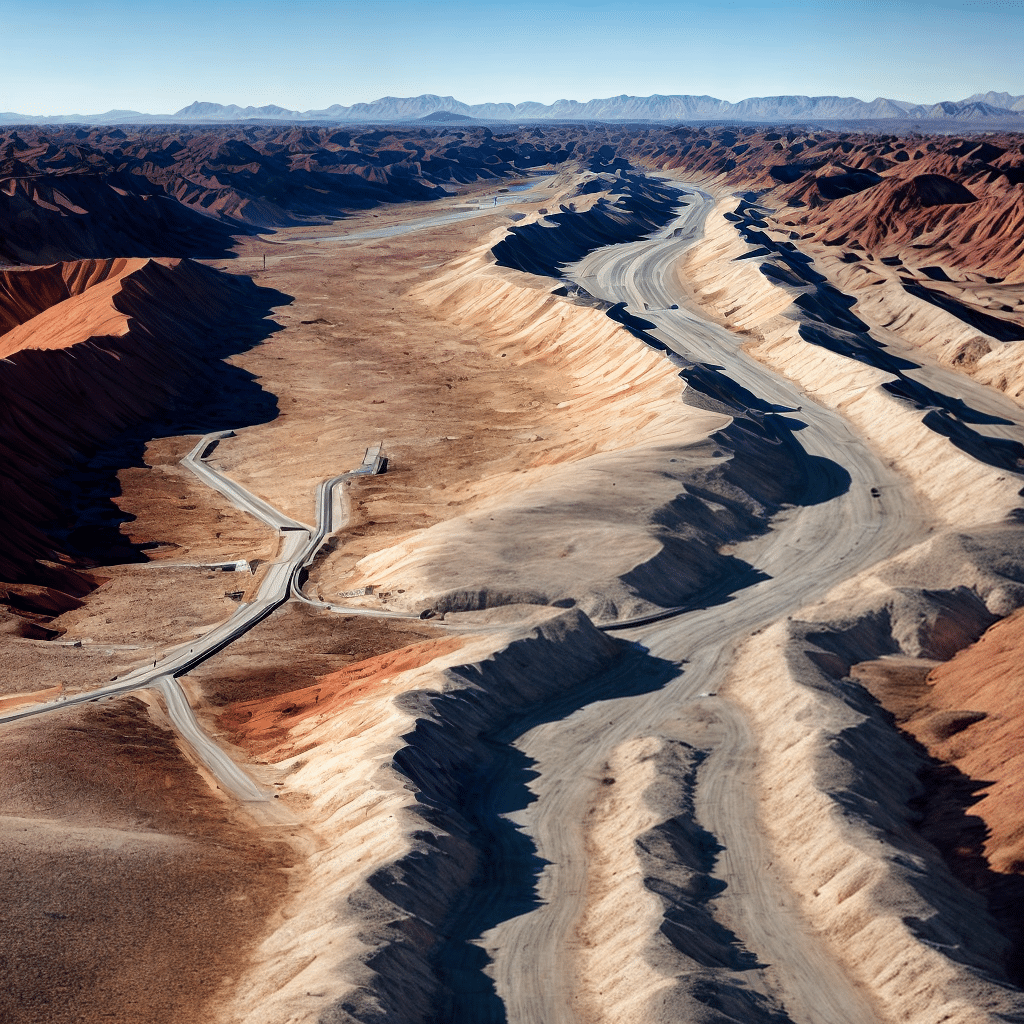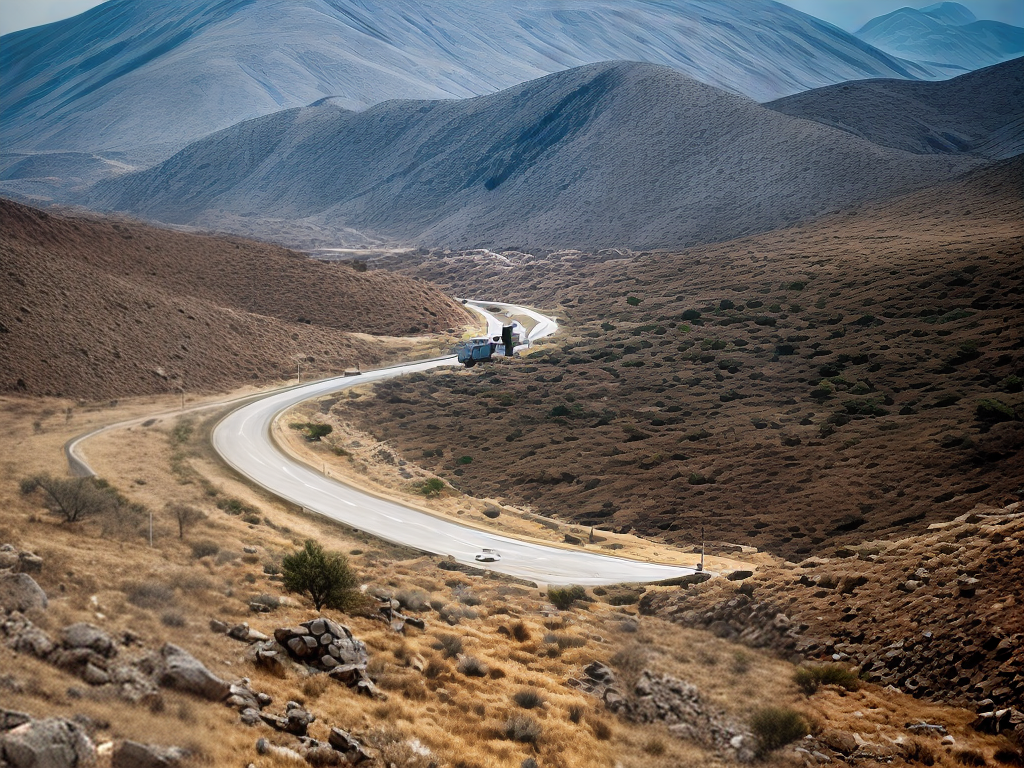In the realm of creativity, art and architecture have long been intertwined, shaping and influencing one another throughout history. However, there is a fascinating aspect of this relationship that often remains unexplored – the convergence of art and architecture in border regions. These uncharted territories offer a unique perspective on the ways in which art and architecture can both reflect and transcend the boundaries that define our world. In this article, we embark on a journey to explore the rich tapestry of art and architecture in border regions, uncovering the stories and inspirations that lie within.
The Border as a Catalyst for Artistic Expression
Borders, by their very nature, are sites of tension and transformation. They evoke a sense of separation, but also act as meeting points where diverse cultures collide. It is in these liminal spaces that art and architecture find fertile ground for exploration and expression. Artists and architects intuitively respond to the complexities of border regions, using their creations to bridge divides, challenge conventions, and reimagine possibilities.
Art as a Reflection of Cultural Identity
Art has always been a powerful tool for expressing cultural identity, and border regions provide a unique backdrop for this exploration. Artists in these areas often grapple with the complexities of multiple identities, reflecting the fusion and hybridity that emerges from the convergence of different cultures. Through their work, they navigate the boundaries between tradition and modernity, local and global, personal and collective, offering glimpses into the intricate tapestry of human experiences.
Architecture as a Bridge between Communities
Architecture, too, plays a pivotal role in border regions, serving as a tangible manifestation of connection and communication. In these areas, architects face the challenge of designing spaces that accommodate and embrace diverse cultural practices, while also creating a sense of unity. They draw inspiration from local traditions, adapting and reinterpreting them to foster dialogue and understanding between communities. The resulting structures become symbols of coexistence, testaments to the power of architecture to transcend borders and bring people together.
Case Studies: Unveiling the Stories of Art and Architecture in Border Regions
To truly understand the depth and complexity of art and architecture in border regions, let us delve into the stories of a few remarkable projects that exemplify this fusion.
1. The Tijuana Cultural Center, Mexico
Situated on the border between Mexico and the United States, the Tijuana Cultural Center stands as a testament to the power of art and architecture to transcend political boundaries. Designed by renowned Mexican architect Pedro Ramírez Vázquez, the center embodies the spirit of cultural exchange and cooperation. Its distinctive architectural form seamlessly integrates with the surrounding landscape, reflecting the region’s vibrant artistic traditions while fostering dialogue between diverse communities.
2. The Peace Bridge, Northern Ireland
The Peace Bridge in Northern Ireland serves as a poignant symbol of reconciliation in a region historically plagued by conflict. Designed by architects WilkinsonEyre, this pedestrian bridge spans the River Foyle, connecting the traditionally divided communities of Derry and Londonderry. Its elegant, curving form and open design invite interaction and dialogue, creating a shared space for people from all backgrounds to come together and forge new connections.
3. The Border Wall Art Project, United States-Mexico Border
In response to the contentious issue of the border wall between the United States and Mexico, artists from both sides have come together to transform sections of the wall into provocative works of art. Through vibrant murals, sculptures, and installations, these artists challenge the divisive narrative surrounding the border, encouraging dialogue and empathy. Their creations not only beautify the physical barrier but also dismantle mental barriers, fostering a deeper understanding of the complexities of border regions.
Conclusion
As we journey through the uncharted territories of art and architecture in border regions, we uncover a wealth of stories, inspirations, and possibilities. The convergence of art and architecture in these liminal spaces offers a unique lens through which we can explore the complexities of cultural identity, community-building, and reconciliation. By embracing the power of creativity, we have the opportunity to transcend borders, challenge conventions, and forge connections that celebrate our shared humanity.
In this ever-evolving world, the exploration of art and architecture in border regions serves as a reminder of the transformative potential of creativity. It is through these bold expressions that we find hope, inspiration, and a renewed understanding of the power of art and architecture to shape our world. So let us continue to venture into the uncharted territories, where art and architecture interweave and unravel the mysteries that lie within.


